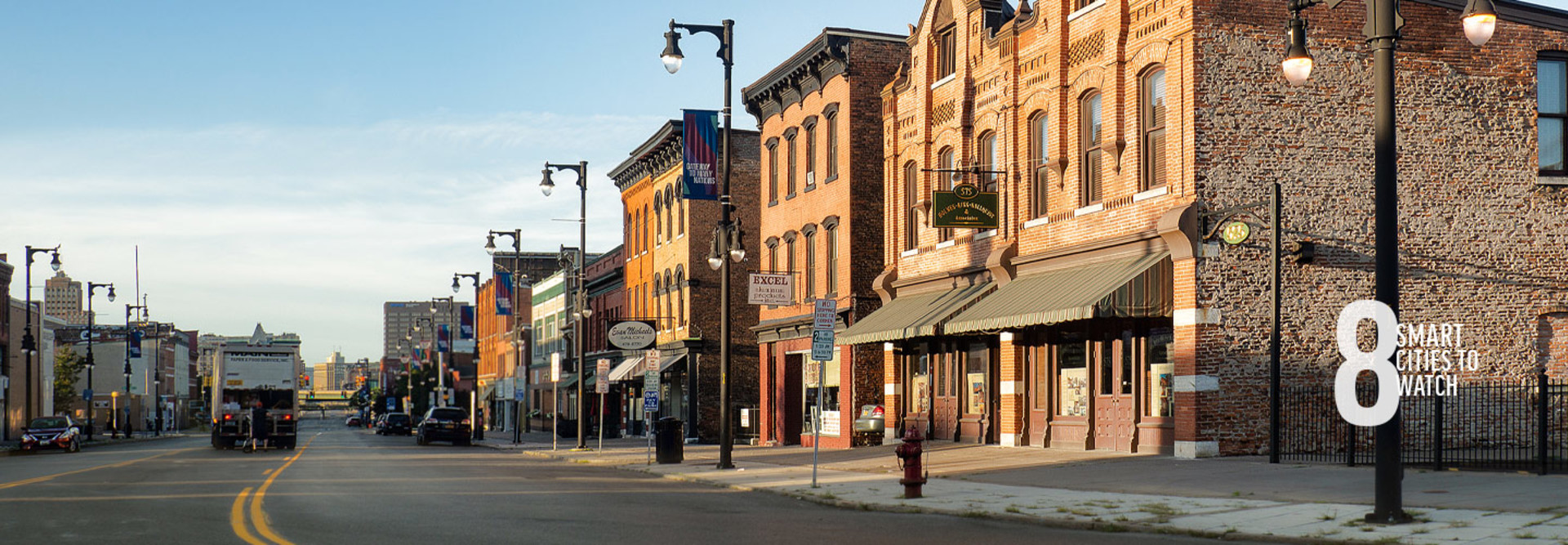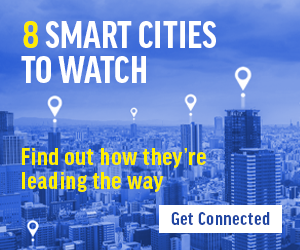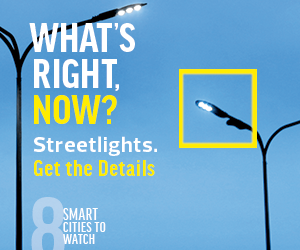STATETECH: What are the one or two smart city use cases that Syracuse has been focused on in 2020?
Walsh: When we first started putting the pieces of Syracuse Surge together, it was based on a couple of key factors. One, we felt that when we surveyed the landscape and looked at what was driving jobs in the new economy, looked at what was needed to support these businesses in the new economy, connectivity was the common factor. We started with a basic premise that connectivity is the capital of the new economy. We started to look at how we could make strategic investments to enhance connectivity within the city and within the region that complemented a number of initiatives already underway. We had made significant investments in the unmanned aerial systems area. We were increasingly focused on the Internet of Things and AI. Again, for all of those industry sectors connectivity is key. That was the first part.
The second part was, as we’re making these investments, how do we ensure that we are creating opportunities for all in our community? Historically, most economic development efforts are not particularly inclusive, and in some cases are arguably exclusive. When you look specifically at the tech industry, that lack of inclusivity is even more pronounced. First and foremost, it was the right thing to do. Secondarily, because we really felt like that could differentiate our efforts from others, we wanted to make a lot of it closely tied to our workforce development and our educational efforts to ensure that the new opportunities that we were pursuing in the new economy were inclusive.
So, that’s kind of the background and context in terms of what we’ve been focused on over the past year. Really, what we felt was a foundational element and investment in Surge was our smart streetlight initiative. It was a way to deliver a key service more efficiently and effectively to our constituents. I think that that’s always, from the city’s perspective, the lens that we need to look at all of our smart city opportunities through: Is this helping us to deliver services better to our constituents? Because that’s really our job.
Beyond that, are there other related benefits to these investments that can create new opportunities? Again, we thought that the streetlight network checked all those boxes. It allowed us to deliver a better lighting service at a lower cost. Through the associated technology, by affixing smart nodes in each one of those lights, we were creating a foundation of connectivity throughout the city that we could then build upon.
For us, while we’ve pursued a number of related projects and opportunities, the streetlight network was really the foundation. We felt like, in order to make sure that we remain credible to our stakeholders, that we are engaging with the vision of Surge, we needed to execute effectively on that project. I believe we have; we’re just about done with the conversion. We’re moving into the next phase now, where we’re going to be affixing sensors to the lights to try to deliver better services to our constituents. Also through that process, we will hopefully create some opportunities for partnerships, whether it’s with the private sector or eds and meds in town. That’s the next step.
MORE FROM STATETECH: How are mayors thinking about technology investments amid the pandemic?
STATETECH: What’s the long-term vision of the streetlight network? Does the city plan to add new sensors to those nodes?
Walsh: It starts with delivering better services to our constituents. So, looking at measuring things like the level of Onondaga Creek to monitor potential flooding in different parts of the city. Measuring air quality, street condition, so we know when we have ice forming on our streets, so we more effectively deploy our salt trucks and our plows. Monitoring vacant properties, so that we can ensure that they’re not creating a public safety issue in our neighborhoods. Those are a few examples of services and the things that we’ll use the sensors to monitor.















